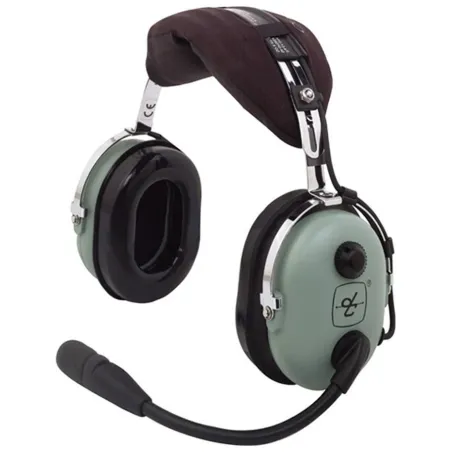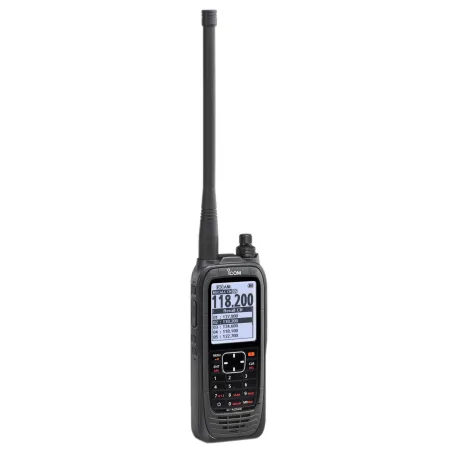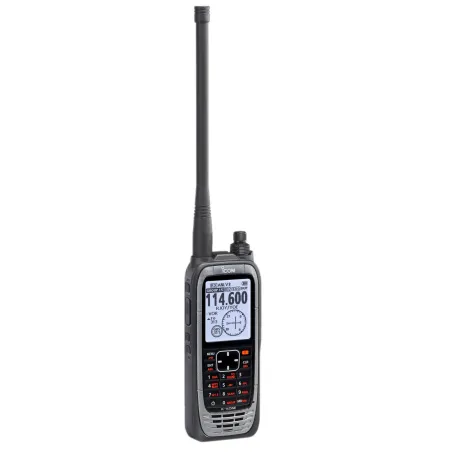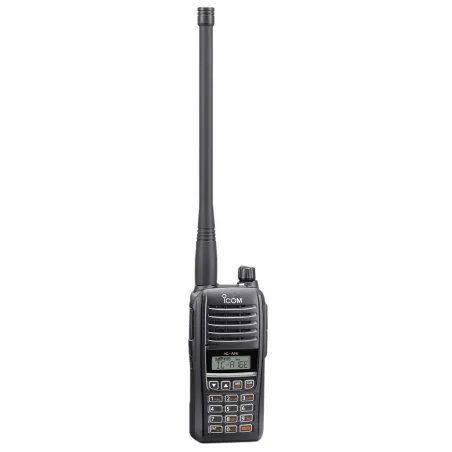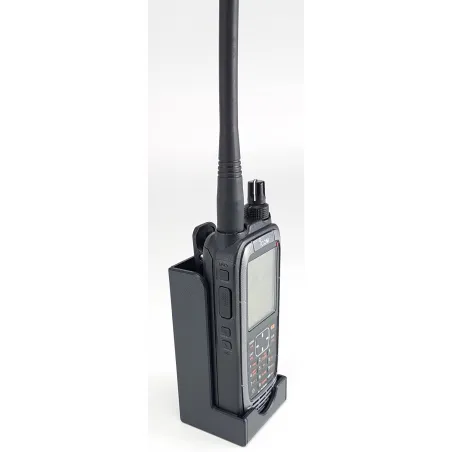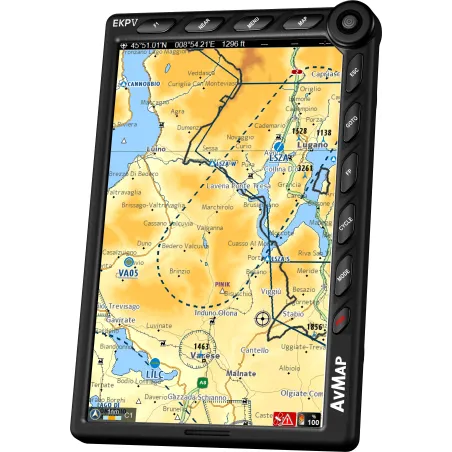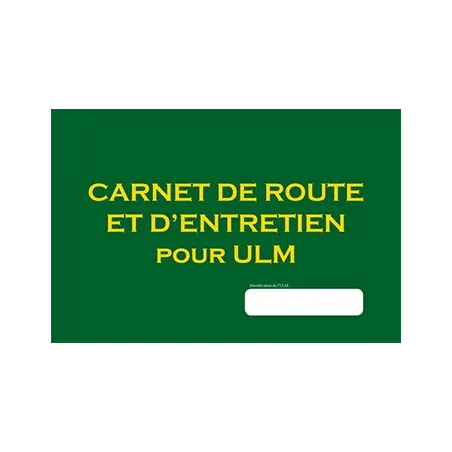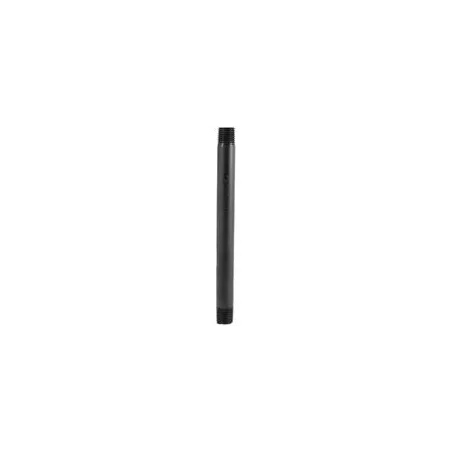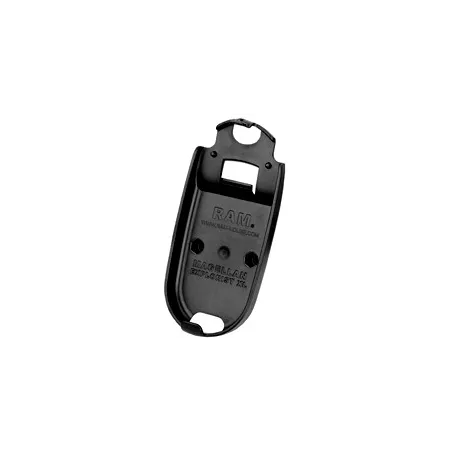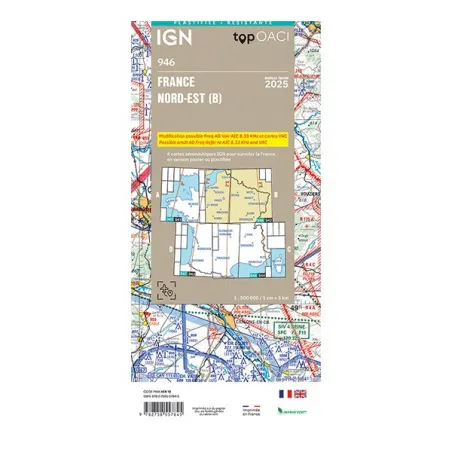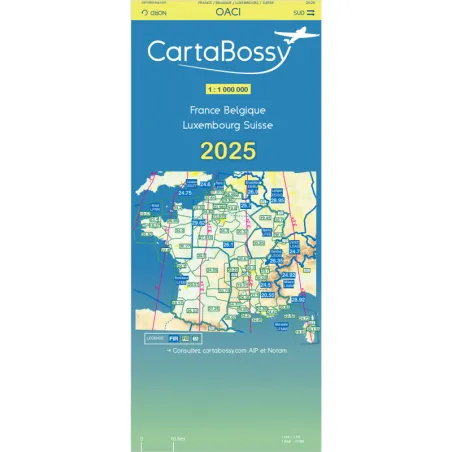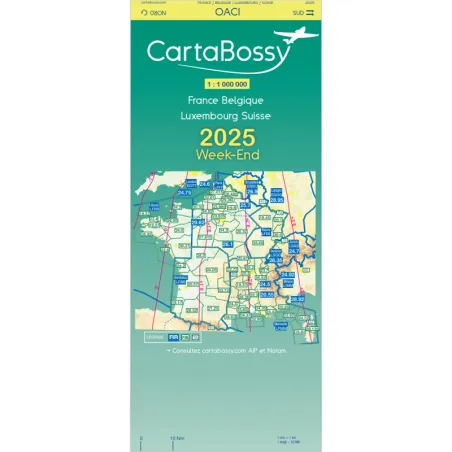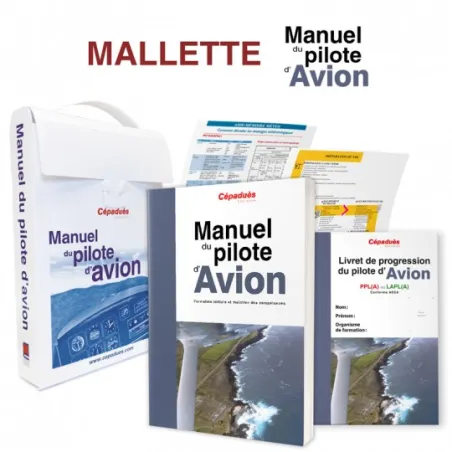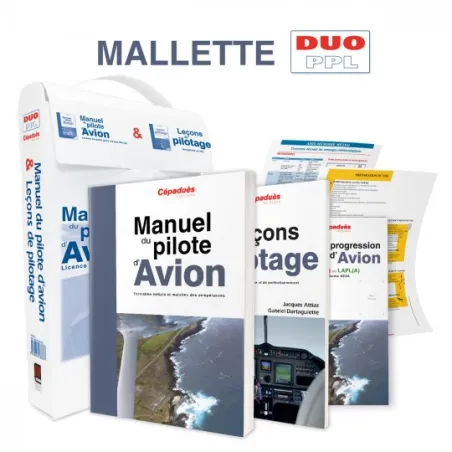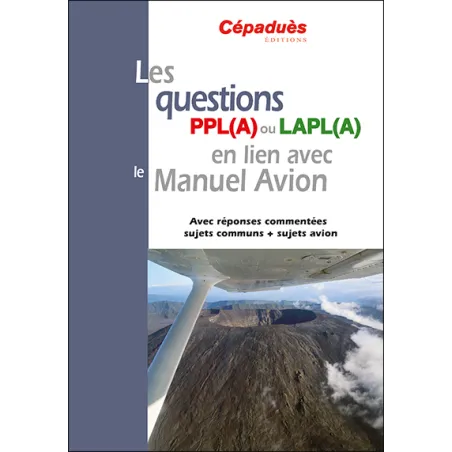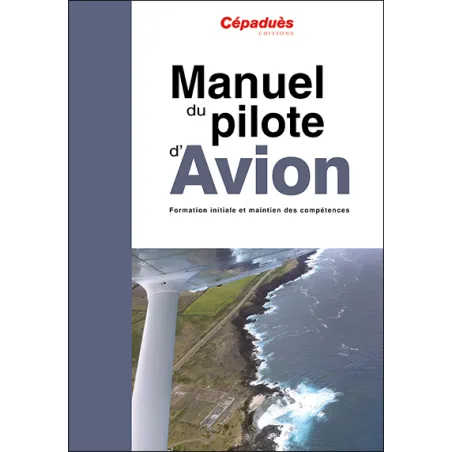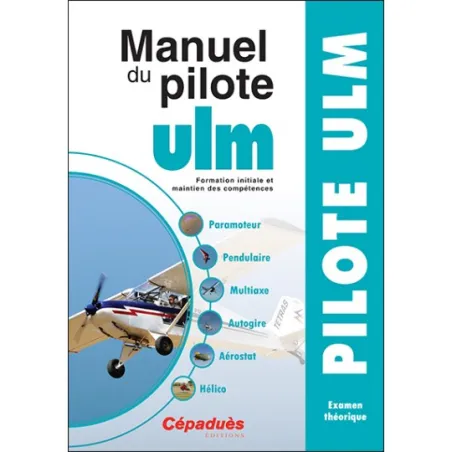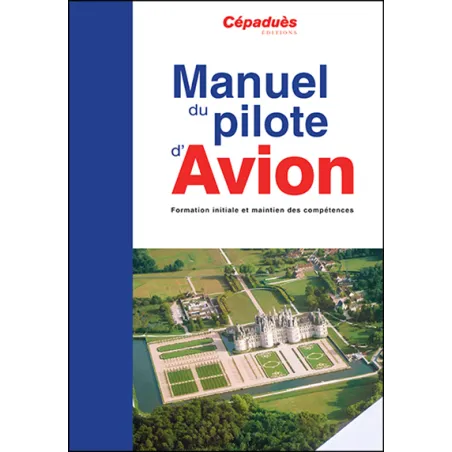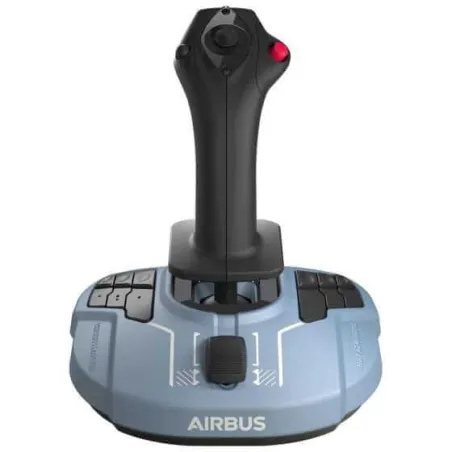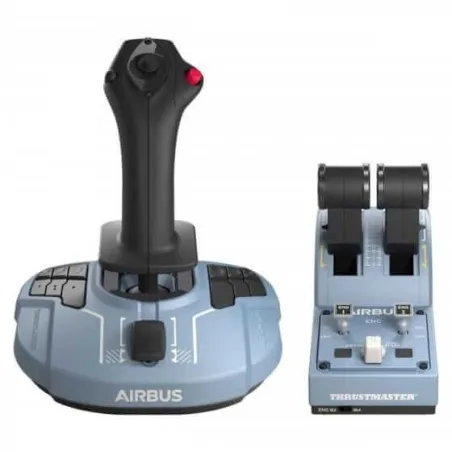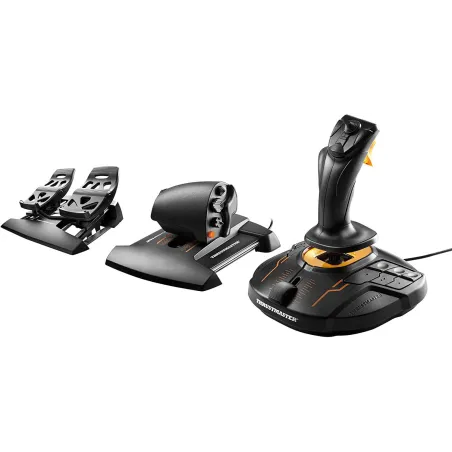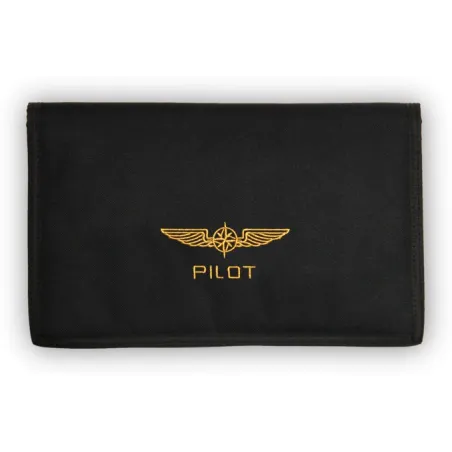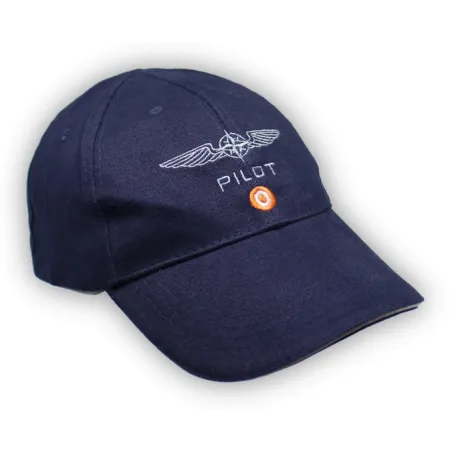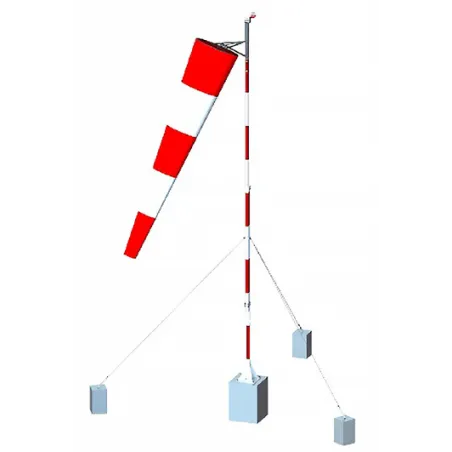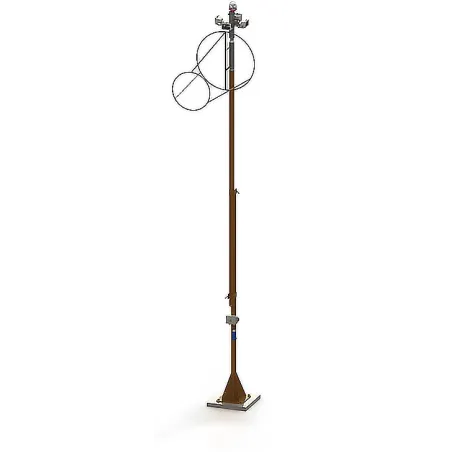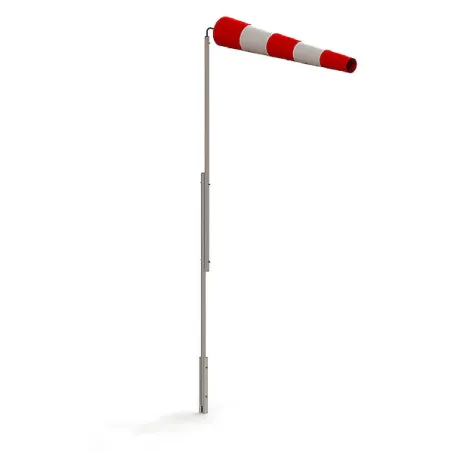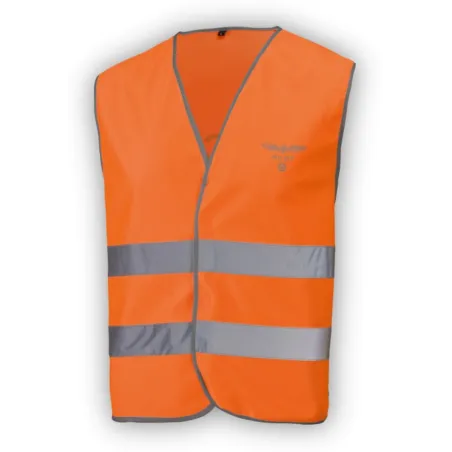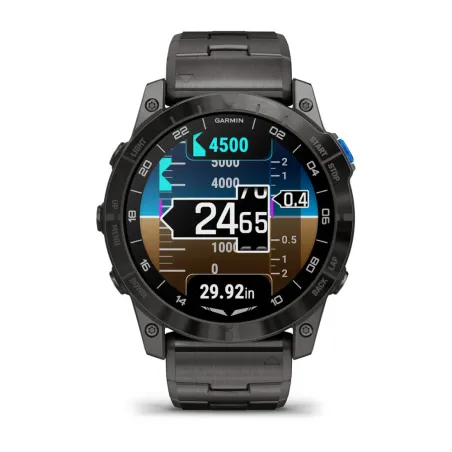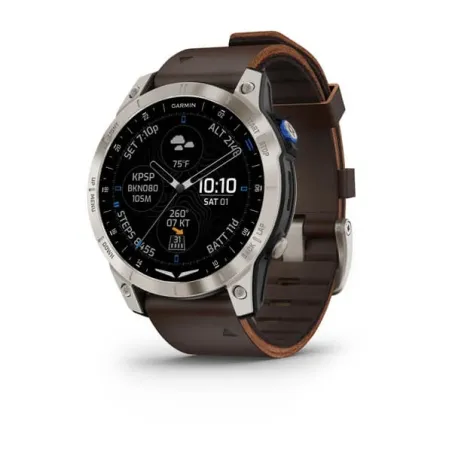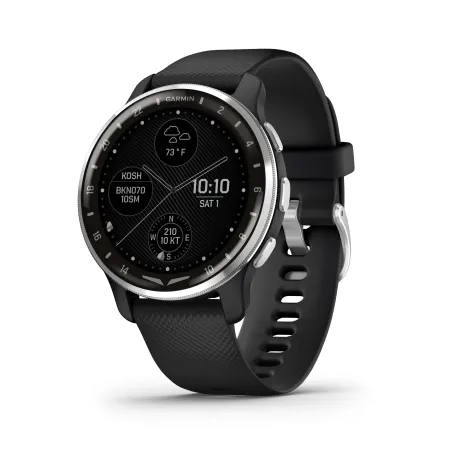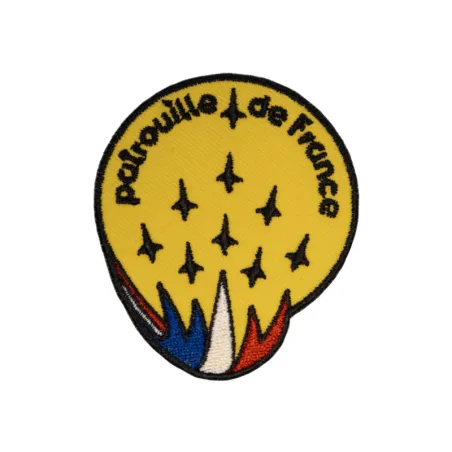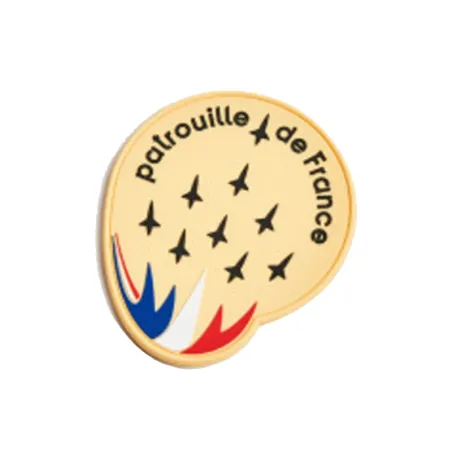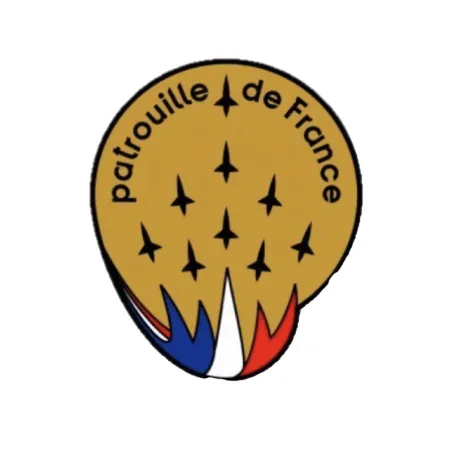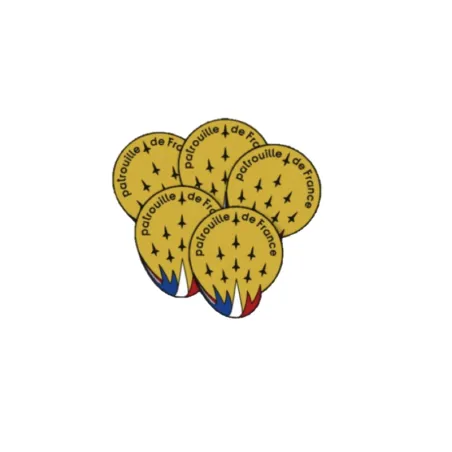Training: how to become a professional airplane pilot?
Categories :
Aeronautical training
, BAYO
The profession of pilot still inspires dreams. Taking your plane above the clouds, crossing oceans in a few hours, performing a flawless landing... If you are one of those young people who constantly have their head in the clouds or if you're a parent of one of them, you are probably asking yourself the question: what training do you need to go through? Are the qualifications accessible? In short: how to become a professional pilot?
Contrary to a myth, professional pilot training is not very difficult... however, it is selective. And despite popular belief, you can become a pilot with poor eyesight (but good correction). Unless you aspire to become a fighter pilot, but that's a whole different adventure... Finally, it should be noted that no prior educational qualifications or age limits are required, except, as we will see, if you aim for the prestigious public training at ENAC. However, a good level of English is required, as well as an understanding of mathematics and physics.
In theory, it's simple: to become a pilot, you will need to go through the different required qualifications. Let's detail them.
What training path to become an aviator?
First, an amateur pilot
Before entering professional training, the first accessible certificates will provide a good introduction. The BIA or Aeronautical Initiation Certificate, although it does not allow you to take control of an aircraft, gives young people (starting from the 4th grade) a base of knowledge that will make learning easier. This exam, in the form of a multiple-choice test, can be prepared within the school system. But it can also be prepared individually, with manuals such as those found in our BIA Pack.
The next level will allow you to fly as an amateur. The PPL – for Private Pilot License – allows you to fly, only for your own purposes, small single-engine planes with up to four seats. The theoretical and practical training is accompanied by a minimum of 45 flight hours. Manuals, flight lessons, progress booklets, summary sheets: in our aviation library online, you will find the PPL Duo Case containing all the materials you will need.
Professional pilot certificates
The next steps are reserved for those who want to become professionals.
The first phase has two objectives: theoretical training and a "maturing" of your flying experience, which should bring you to 170 flight hours.
The theoretical training consists of 14 subjects, ranging from aircraft knowledge to weather, flight preparation and monitoring to radio navigation, air law to human performance, and more. The collection of these different courses, offered by the Mermoz Institute, is available in the Bayo online bookstore. They prepare you for obtaining the ATPL theoretical license, for Airline Transport Pilot License.
Once the maturing and ATPL are completed, three pilot licenses still need to be acquired:
- The CPL (Commercial Pilot License), for which you can rely on our ATPL/CPL Books Pack. It allows you to be paid as a pilot.
- The IR (Instrument Rating) grants you the right to fly using flight instruments, and therefore, to take your plane into the clouds.
- The ME (Multi Engine) allows you to fly aircraft with multiple engines.
You will also need to accumulate 200 flight hours.
Finally, a short final training, the MCC (Multi Crew Coordination) will allow you to fly as part of a crew. It can be prepared on a flight simulator. It includes a theoretical part and a practical part, which you will complete in about two weeks without a final exam.
Flight training: public or private?
 Now that you know the steps to follow, the question remains: where and how to do it? There are two paths to become a professional pilot: one public, the other private. With notable differences between them.
Now that you know the steps to follow, the question remains: where and how to do it? There are two paths to become a professional pilot: one public, the other private. With notable differences between them.
ENAC: the royal road
The National School of Civil Aviation or ENAC, located in Toulouse, is the only public pilot training institution.
You enter by competitive exam: the EPL/S or Airline Pilot Student / scientific competition. It is open to young people aged 16 to 23 with a Bac+1 in science, from a European country.
This entrance exam is very tough, as the pass rate is about 1% (you can take it three times).
For those lucky enough to be admitted, the training lasts two years, during which you will complete all the qualifications described above, starting with a year of theory. At the end, you will be ready to be an airline pilot or to fly any type of civil aircraft professionally.
Two major advantages may push you to try your luck: the studies are free, and the prestige of the training will make it easier for you to access employment.
Private training: paid but more accessible
The private path has the advantage of not being selective. It accepts you without any particular diploma and at any age, in many flight schools, after passing tests in English, physics, and mathematics. The main difficulty of access: the training will be paid.
You can follow this training in two ways: modular or integrated.
The integrated path is similar to the ENAC training: you will complete the full training and pass all qualifications, in 18 to 24 months.
The modular path means obtaining different licenses by modules, at your own pace, depending on your availability, financial resources, and motivation...
Bridging paths
A final possibility: the mixed path. If you failed the ENAC entrance exam and decided to start your training with the private path, you have the possibility to join the public school by taking intermediate exams.
The first is the EPL/U (university): it is open to young people aged 17 to 28 with a Bac+2 science diploma and the theoretical ATPL.
The second is the EPL/P (practical), open to candidates aged 18 to 30, holding a high school diploma, the CPL, and the theoretical ATPL.
These two exams allow you to complete your course at ENAC and gain the necessary flight experience.
What budget to become a professional pilot?
For those lucky enough to join ENAC, remember that the training is free. Only a few additional fees will be at your charge.
This is not the case for the private path. Each stage of training has a cost, which varies depending on the school, the number of flight hours required, and whether the theoretical courses are online or in-person... So, we provide indicative price ranges for each qualification:
- PPL: between 5,000 and 10,000 euros depending on the location.
- Maturing: between 5,000 and 10,000 euros.
- ATPL: 2,500 to 3,000 euros for an online course and 10,000 euros for an on-site course.
- CPL, IR, and ME: from 10,000 to 17,000 euros.
- MCC: from 5,000 to 10,000 euros.
In total, flight training can cost between 40,000 and 70,000 euros, with the modular training option allowing you to spread out payments.
Important point: be sure to check what is included in the training cost, especially the practical exams, which also have a cost.
How to finance your pilot training?
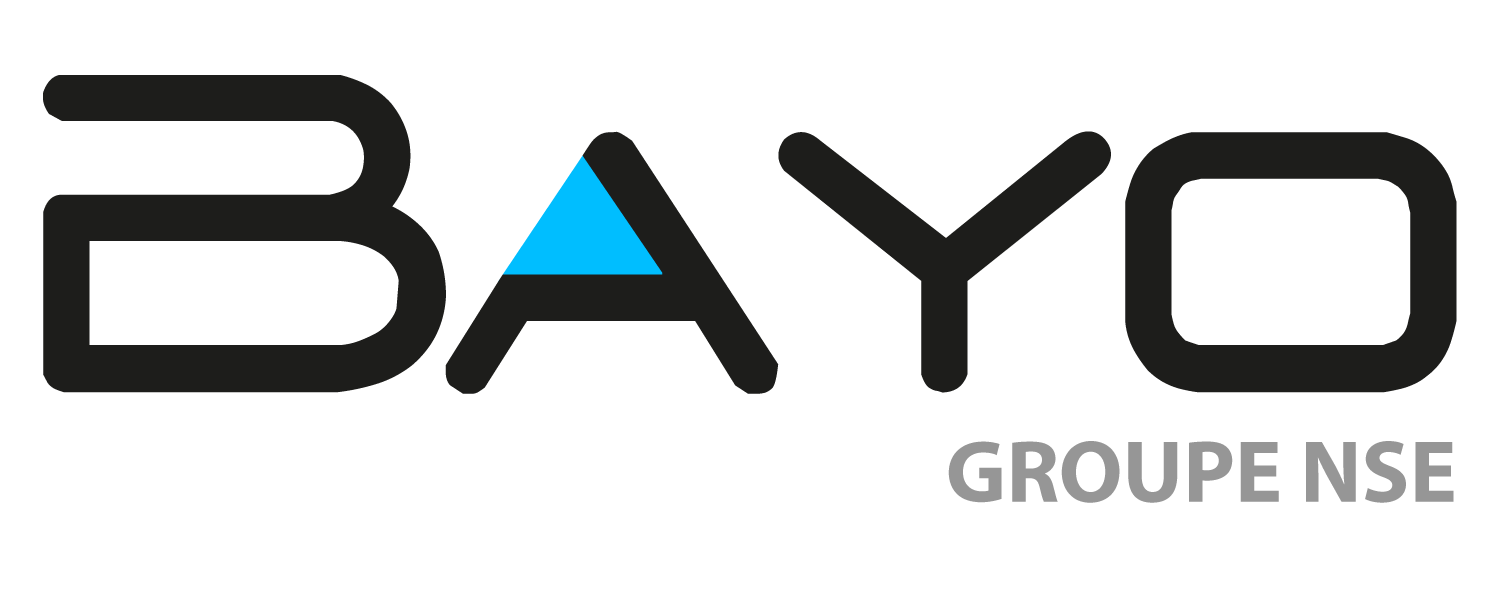
These numbers seem exorbitant and dampen your hopes of fulfilling your dream? You still have some possibilities to access it. Because aid and funding options exist.
You can apply for various scholarships suited to your case:
- The Tomato scholarship, from the association of the same name, funds the studies of four to five pilot and aeronautical engineering students each year, provided that, for pilots, they already hold the PPL and ATPL, have 100 flight hours, and are aged 20 to 26; it also gives access to the very useful network of past scholarship recipients.
- The vocation scholarship from the Bleustein-Blanchet Foundation: it targets young people aged 18 to 30, with an ongoing study project linked to a vocation – whatever the field – and facing financial difficulties to continue it; around twenty scholarships are awarded each year.
- The Déclics Jeunes scholarship, from the Fondation de France, is awarded to young people of the same age with an original professional project… so why not the project of becoming a pilot?
Getting one of these scholarships will be an interesting base but will still not be enough. However, all is not lost: you can possibly turn to your family or work during the holidays if you are of school age.
A second possibility is to apply for a bank loan. Find out about flight schools that may have agreements with banks, as well as the Association of Aviation Professionals (APNA), which, under certain conditions, can offer you preferential rates.
The last solution: enter the professional world first, which will allow you to save money, acquire rights to professional training through the CPF, and have training funded by Pôle Emploi if you lose your job... The modular path makes this possibility easier, allowing you to progress step by step. If you are motivated, you will eventually succeed, especially since – let's remember – there is no age limit for starting your training with the private path.
On which criteria to choose your training?
Each geographical area has its own licenses: EASA in Europe, FAA in the United States, CAA in Canada, and so on in Africa, Asia... They are of equivalent level. The choice mainly depends on your career plans. Because once you have a diploma, you will need to convert your license to be employed in another area, which involves a significant cost.
A second criterion is the quality of the school. The follow-up of students, the regularity of courses and flight practice often make the difference, as does the quality of instructors and the fleet of aircraft. Reviews and feedback from former students can help you see things more clearly.
Another factor to consider, which is not always immediately obvious: the weather! In an area with mostly good weather, you will be able to practice more often and therefore, acquire flight experience faster.
And of course, the choice will also depend on your personal preferences: choosing a school close to home to avoid accommodation costs, going elsewhere to "see the country", etc.
Now, it's your turn to make your dream of becoming a professional pilot come true! You have all the cards in hand. And speaking of cards... why not start by familiarizing yourself with reading aeronautical charts?
Share this content
Please log in to rate this article






